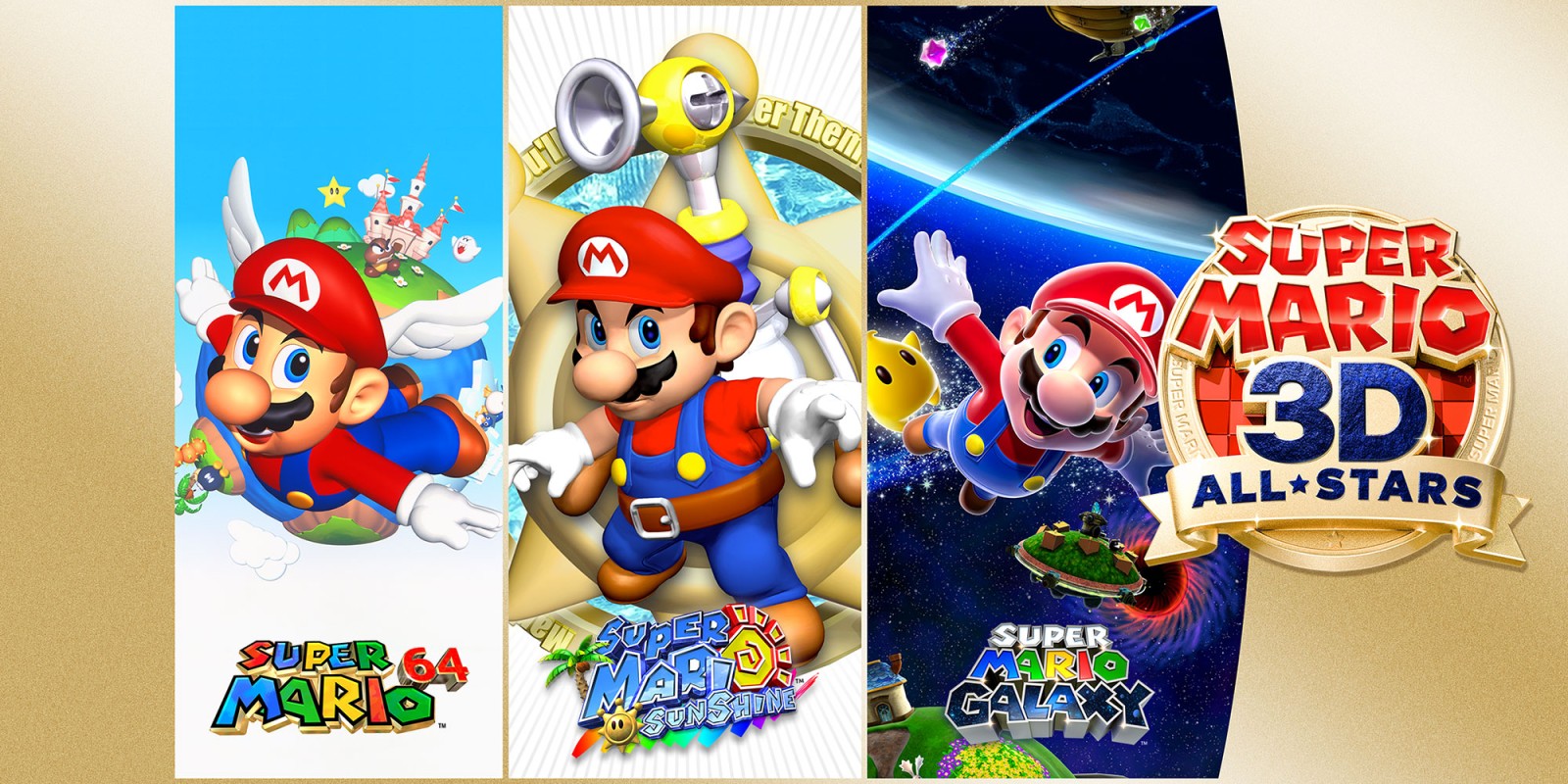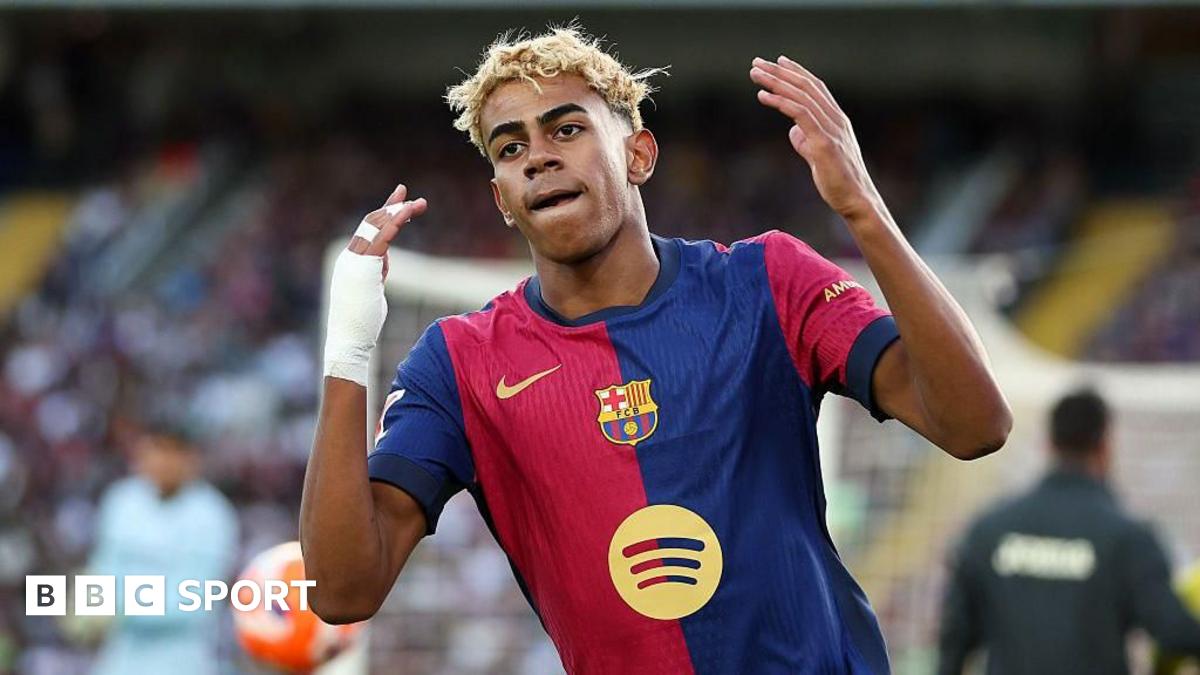
In June of 2024, Google said ChromeOS would be built on Android going forward, with an interview last week describing it as a “single platform.” We now have a bit more clarity on what’s happening to ChromeOS in the future.
After his interview about how Google is “going to be combining ChromeOS and Android into a single platform,” Sameer Samat, President of the Android Ecosystem, had a follow-up post on social media this morning:
Great to see so much interest in this topic! To reiterate what we announced in our 2024 blog post: we’re building the ChromeOS experience on top of Android underlying technology to unlock new levels of performance, iterate faster, & make your laptop + phone work better together.
Last year’s announcement was focused on how ChromeOS would be using the Android Linux kernel, frameworks, and other underlying technical elements. While Google said the move would allow for more AI features in ChromeOS, simplify engineering, and boost Android phone-Chromebook integration, it was vague about what the end user experience would look like:
At the same time, we will continue to deliver the unmatched security, consistent look and feel, and extensive management capabilities that ChromeOS users, enterprises, and schools love.
The closest we got last year was a promise about offering a “consistent look and feel,” which could have been interpreted as how a hypothetical Android replacement would have a user interface similar to ChromeOS.
The pertinent part about Samat’s confirmation today is “building the ChromeOS experience on top of Android underlying technology.” It’s the strongest indication to date that “ChromeOS” will persist as a user interface/experience going forward. Given how Chromebooks are finding market success today in education and enterprise, it’s unwise for Google to stop offering that brand schools and companies are familiar with.
Last month, Google announced the latest Chromebook Plus features, especially AI-backed capabilities.
All this is happening in the context of Android 16 launching “desktop windowing” for apps on tablets later this year, and connected displays support in the future that allows you to connect a phone or tablet to an external monitor. It remains to be seen how this experience will relate to/exist alongside ChromeOS in the future.
FTC: We use income earning auto affiliate links. More.









 English (US) ·
English (US) ·